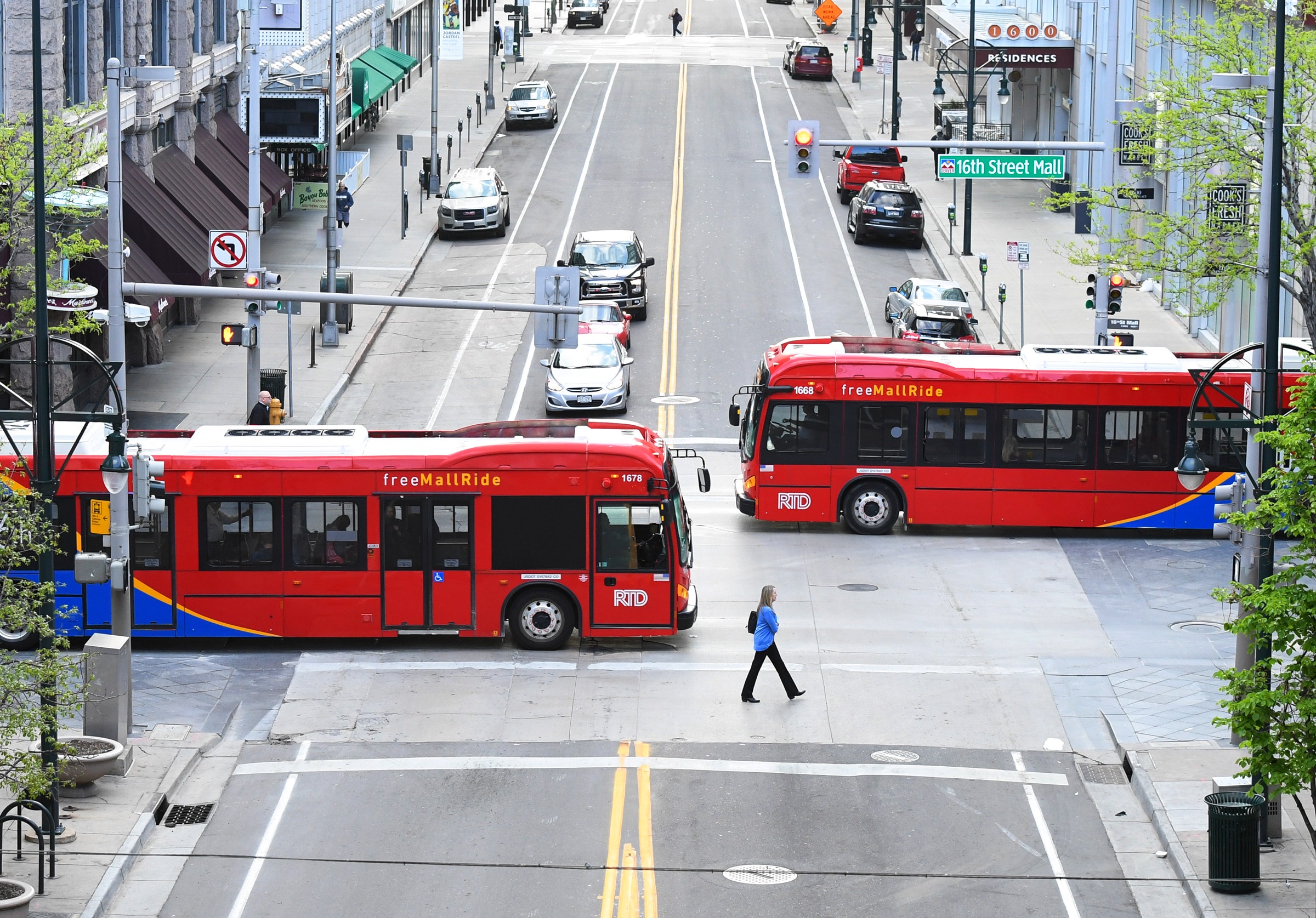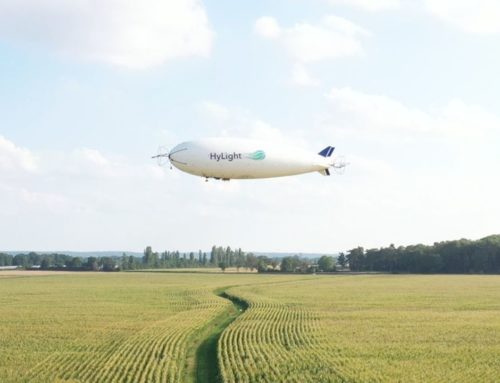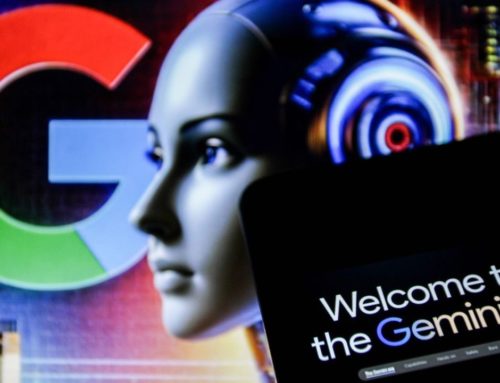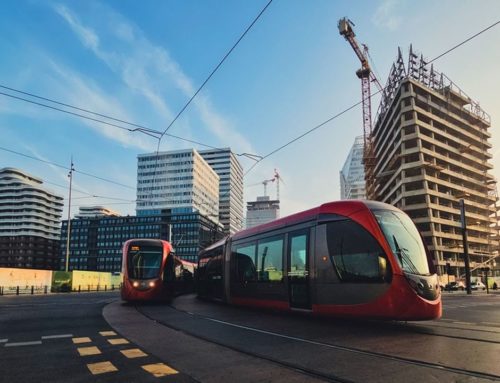
THE US IS car country. Its 4.1-million-mile road network is the world’s most expansive. It has more motor vehicles per person than any other major nation. Eighty-six percent of Americans drive to work (or did during the Normal Times), compared with 63 percent of English workers and 71 percent of Australian commuters. A pop song called “Driver’s License,” about the freedom and heartbreak that comes with a rite of young adulthood, has spent 11 weeks on the Billboard Hot 100. Only in America.
So President Biden’s proposed $2 trillion infrastructure program is most notable for one fact: It allocates more money to transit and rail than to highways. Budgets may make for boring reading, but they’re also signaling documents, telling the public about their leaders’ priorities. The infrastructure proposal seems to say: Consider getting your butt out of your car.
“The plan seems to take seriously the idea that we need to be investing more in our transit and intercity rail system than we do in our highway system,” says Yonah Freemark, a senior research associate at the economic policy think tank the Urban Institute who studies land use and transportation. He says the proposal would double typical federal spending on transit and quadruple the government’s investment in rail.
The justification is climate change. Biden said on Wednesday that the plan would “lead to a transformational progress in our effort to tackle climate change with American jobs and American ingenuity.” If the plan makes it into law—which won’t be easy; more on that later—it would count among the federal government’s largest pushes ever to combat greenhouse gas emissions. The president has promised to put the country on a path to net-zero carbon emissions by 2050.
Lire l’article complet sur : www.wired.com







Leave A Comment